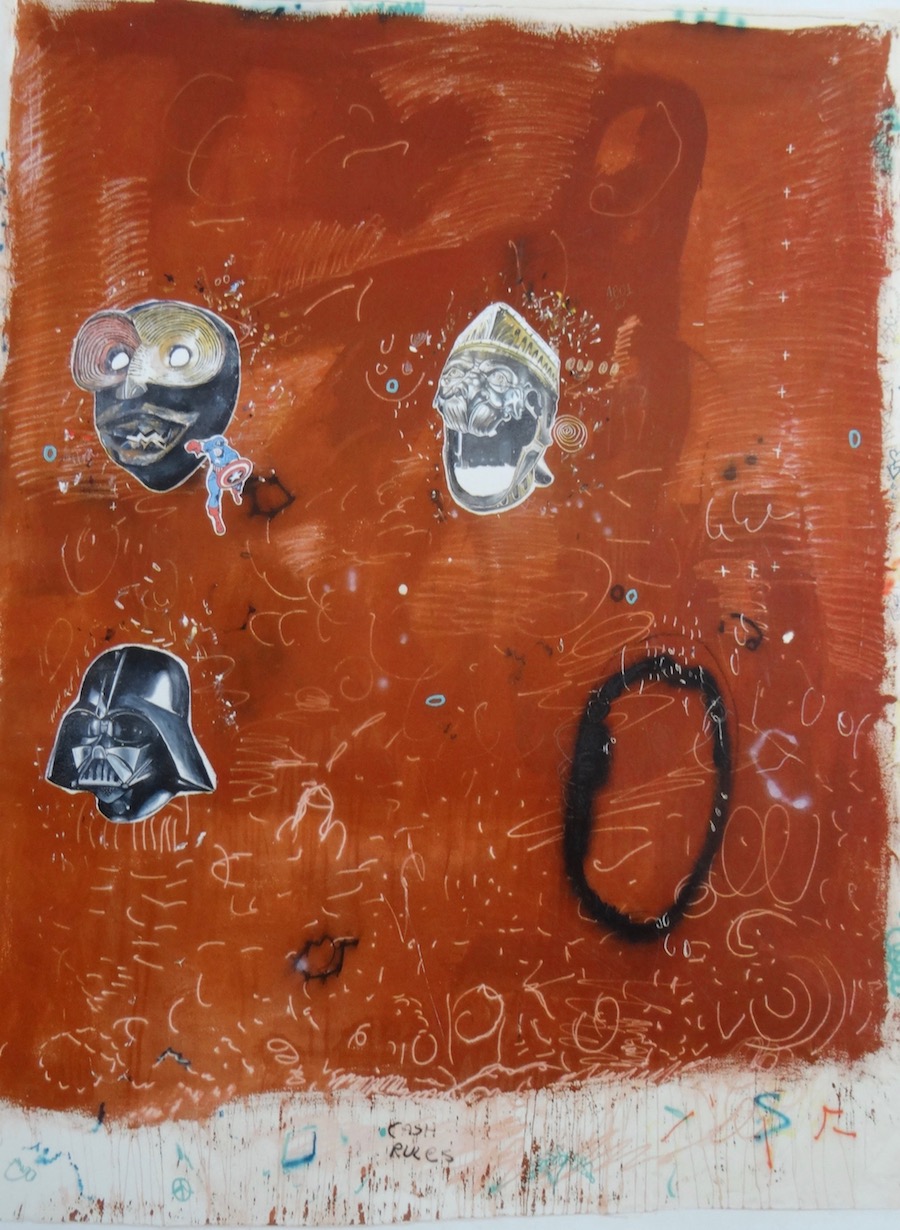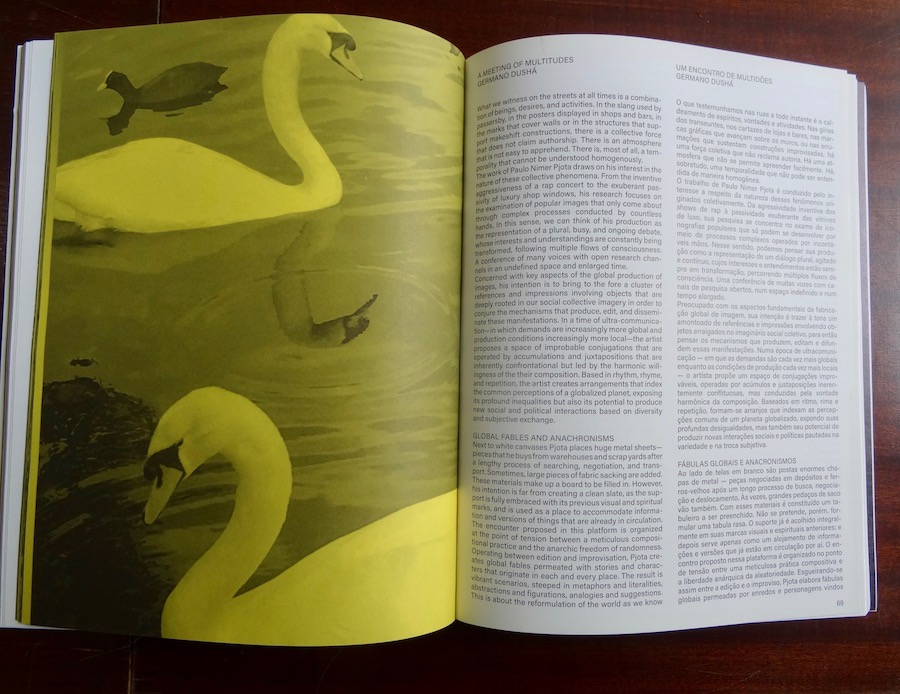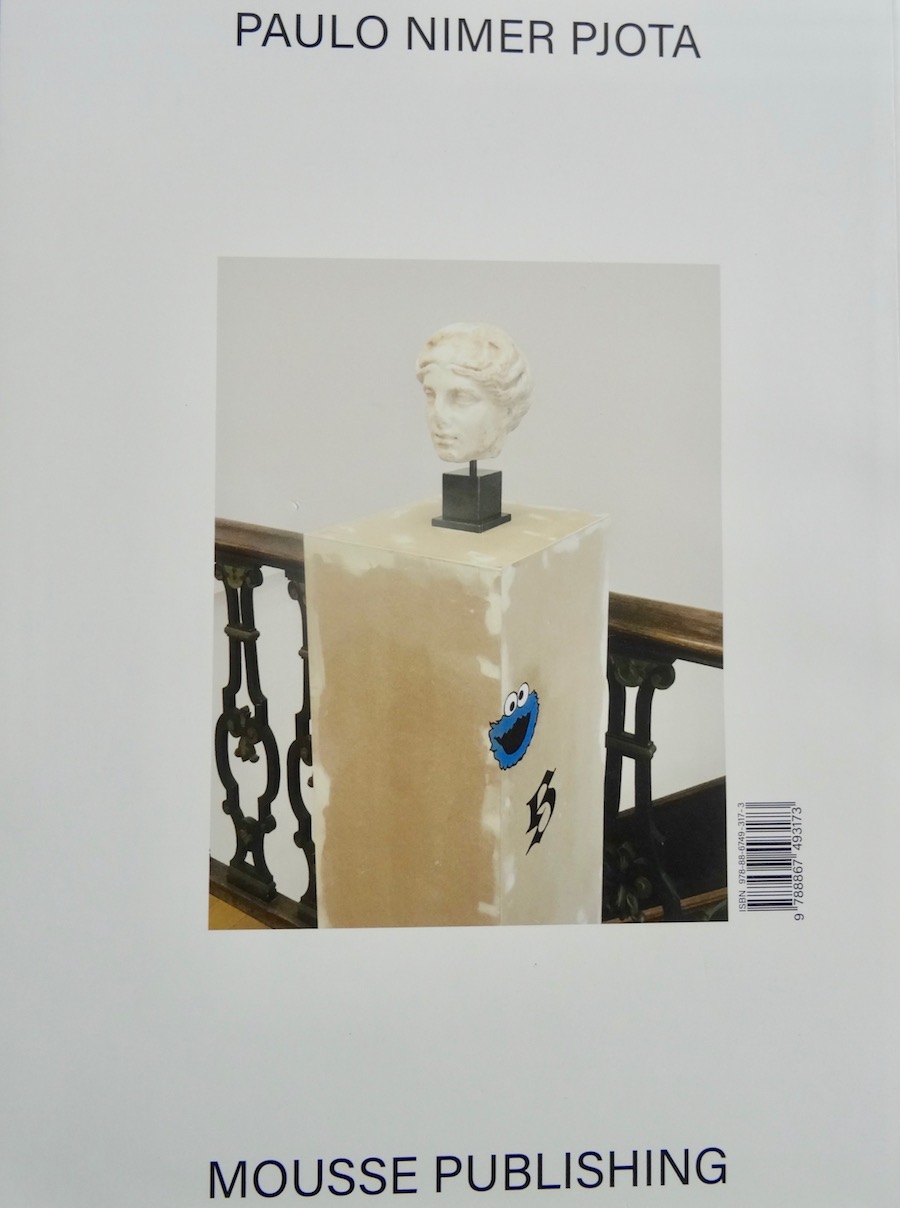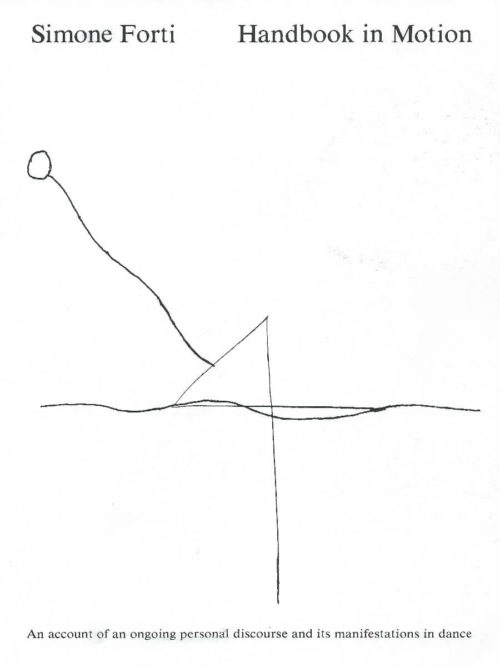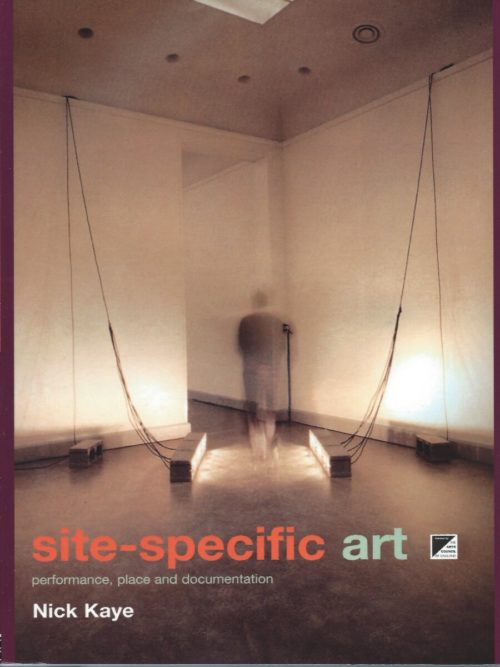RÉSUMÉ
This first monograph on Paulo Nimer Pjota, profusely illustrated and collecting several essays and a long conversation between the Brazilian artist and Kiki Mazzucchelli, takes stock at Nimer Pjota’s signature condensation of pictorial concerns and life lessons. His layered works, like modern, rough palimpsests, are testaments to the artist’s collapsing of high with low, society and history with the personal and the marginal, often told through readymade details and objects that Nimer Pjota corrals in front of the wall pieces.
The starting point of Paulo Nimer Pjota’s works (born 1988 in São José do Rio Preto, Brazil, lives and works in São Paulo) is the nature of collectively originated phenomena. His research and practice focus on an in-depth study of a kind of popular iconography which can only develop through complex processes operated by numerous individuals. We can therefore think of his production as the representation of a plural and agitated dialogue, with ever-changing interpretations, running through multiple streams of consciousness.
The artist usually employs as medium large canvases, sacks and metal sheets. Most of these materials are found in waste depots and go through processes of negotiation and displacement. Naturally, the chosen pieces come with traces from other times and uses, so that they provide an initial terrain—graphic and spiritual—for that which will take form on these surfaces. From that point, he creates overarching tales within the tension between the freedom of random choice and the precision of a meticulous composition, combining representations in a constellation of suspended bodies. This is when art history and mass culture go hand in hand, as well as universal canons and everyday banalities, universal symbols and regional themes.
More than anything, he is interested in the processes and mechanisms that produce, edit and disseminate human expressions at the time of internet and ultra-communication. Through rhythm, rhyme and repetition, images arise which index the common perceptions of a globalized planet and that, as a consequence, expose its deep inequalities. Indeed, it becomes possible to question the way in which we formulate information and distribute our affections, reconfiguring our sensibilities towards our surroundings and promoting hither to unthinkable possibilities of social interaction.
The artist usually employs as medium large canvases, sacks and metal sheets. Most of these materials are found in waste depots and go through processes of negotiation and displacement. Naturally, the chosen pieces come with traces from other times and uses, so that they provide an initial terrain—graphic and spiritual—for that which will take form on these surfaces. From that point, he creates overarching tales within the tension between the freedom of random choice and the precision of a meticulous composition, combining representations in a constellation of suspended bodies. This is when art history and mass culture go hand in hand, as well as universal canons and everyday banalities, universal symbols and regional themes.
More than anything, he is interested in the processes and mechanisms that produce, edit and disseminate human expressions at the time of internet and ultra-communication. Through rhythm, rhyme and repetition, images arise which index the common perceptions of a globalized planet and that, as a consequence, expose its deep inequalities. Indeed, it becomes possible to question the way in which we formulate information and distribute our affections, reconfiguring our sensibilities towards our surroundings and promoting hither to unthinkable possibilities of social interaction.
Texts by Germano Dushá, Claudia Rodriguez Ponga Linares, Thierry Raspail, interview with Paulo Nimer Pjota by Kiki Mazzucchelli.

